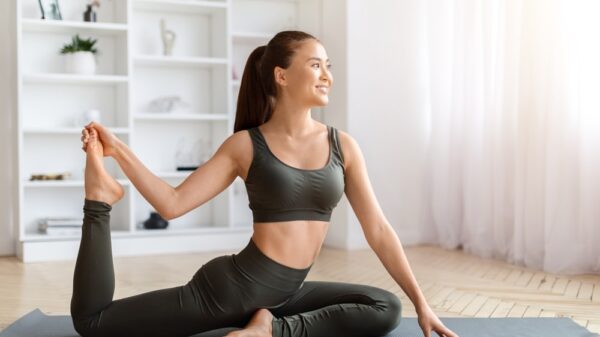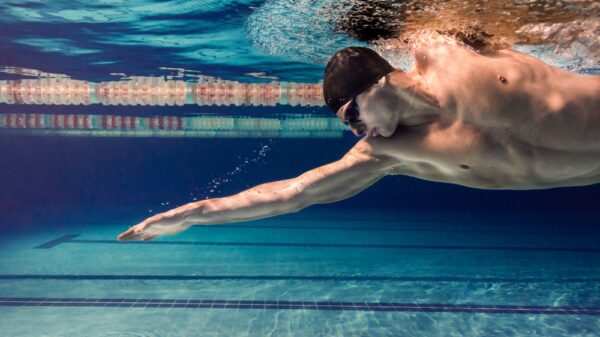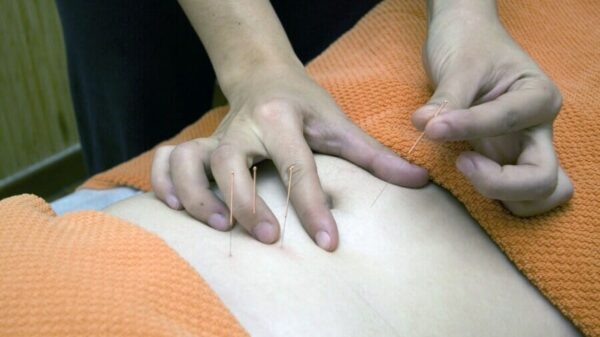In the realm of strength training, tools can ignite passionate discussions among enthusiasts, and few pieces of equipment stir up as much debate as the gym belt. For some lifters, these belts are indispensable, donned snugly before every heavy session. Others, however, argue that relying too heavily on external support can dampen authentic physical growth. Before you dive into their use, grasping the purpose of these belts is crucial – it can make a world of difference in your workout strategy.
What exactly do gym belts do? Well, at their core, these belts are not just fashionable accessories but functional stabilizing aids. They elevate intra-abdominal pressure, effectively lending your spine a sturdier foundation, ultimately helping both your performance and minimizing the risk of injury, especially when tackling hefty loads. If you’re striving to crush personal records in squats, deadlifts, or overhead presses, the added support from a gym belt can be the game changer you need. But let’s keep it real – these belts are not magic wands. They won’t replace well-developed abdominal muscles or magically correct poor form. Think of them as a specialized tool for specific heavy lifting tasks.
So, when should you reach for a gym belt? The best time to use one is during those heavy lifts that put significant stress on your spine, particularly when you’re pushing near your maximum capacity. Deep barbell squats and intense deadlifts are prime examples where a belt shines. When you’re eyeing weights that approach 85-90% of your one-rep max, sporting a belt can bolster your confidence and add that crucial layer of security for your lifts.
If you’re in the arena of low-rep, high-intensity training, utilizing a belt can be a smart way to fortify your lifting. It plays a pivotal role in enhancing your core’s natural bracing mechanisms, especially when fatigue creeps in. Many Olympic lifters and powerlifters strategically incorporate belts into their routines for this reason, seeking that extra edge during their most demanding sets.
However, there are times when leaving the belt in your gym bag is the best course of action. Not all exercises demand the support of a belt, and over-relying on it can hinder your journey toward mastering foundational core strength. Movements such as goblet squats, lunges, kettlebell swings, or planks thrive when your core engages freely, without any additional support holding you back.
For most lifters, if you’re tackling moderate weights—generally under 70% of your one-rep max—there’s often no pressing need for a belt. Training without one in these ranges not only challenges your midsection but also encourages natural stabilization, promoting balanced muscle development and fostering long-term strength improvements.
Ultimately, it’s vital to nurture core development without leaning on external aids. Relying too heavily on gym belts may lead to neglecting the vital muscles that stabilize your spine and pelvis. Strengthening your transverse abdominis, obliques, and multifidus should always be a top priority, as these muscles join forces to create stability, safeguard your spine, and generate power. By skipping the belt during warm-ups, accessory lifts, and core exercises, you ensure these crucial muscles develop fully, setting yourself up for stronger performance down the road.
Now, if you choose to add a belt to your regimen, knowing how to use it appropriately is essential. Wrap the belt around your midsection, covering the area between your ribs and hips. It should feel snug, but not so tight that it restricts your ability to take a full, deep breath. The goal here is to push against the belt with your abdominal wall, increasing pressure through diaphragmatic breathing and bracing—not tightening it to the point where you feel uncomfortable.
Steering clear of common pitfalls is also key. Wearing a belt for every single set, even when lifting lighter weights, can dilute its effectiveness. Additionally, it’s important not to see the belt as a shortcut for mastering proper lifting technique. Without a grasp of proper bracing mechanics, that belt can quickly turn into more of a crutch rather than an enhancement.
Deciding whether a gym belt fits into your lifting regimen can boil down to your training goals. If your sights are set on absolute strength or powerlifting, a belt might just become your best training companion for those heaviest lifts. However, if you’re focusing on athletic performance, mobility, or functional fitness, cultivating raw core strength should take center stage.
In closing, gym belts aren’t inherently good or bad; their value truly lies in how and when you use them. Approach this tool with thoughtful knowledge and intentional application, and they can help propel you toward your training goals. Just remember—the ultimate aim is to cultivate strong, deliberate movement patterns that won’t become overshadowed by over-reliance on equipment. Your journey to strength is as much about what you can do without assistance as it is about what tools you choose to use.
Image Source: Uuganbayar / Shutterstock
































